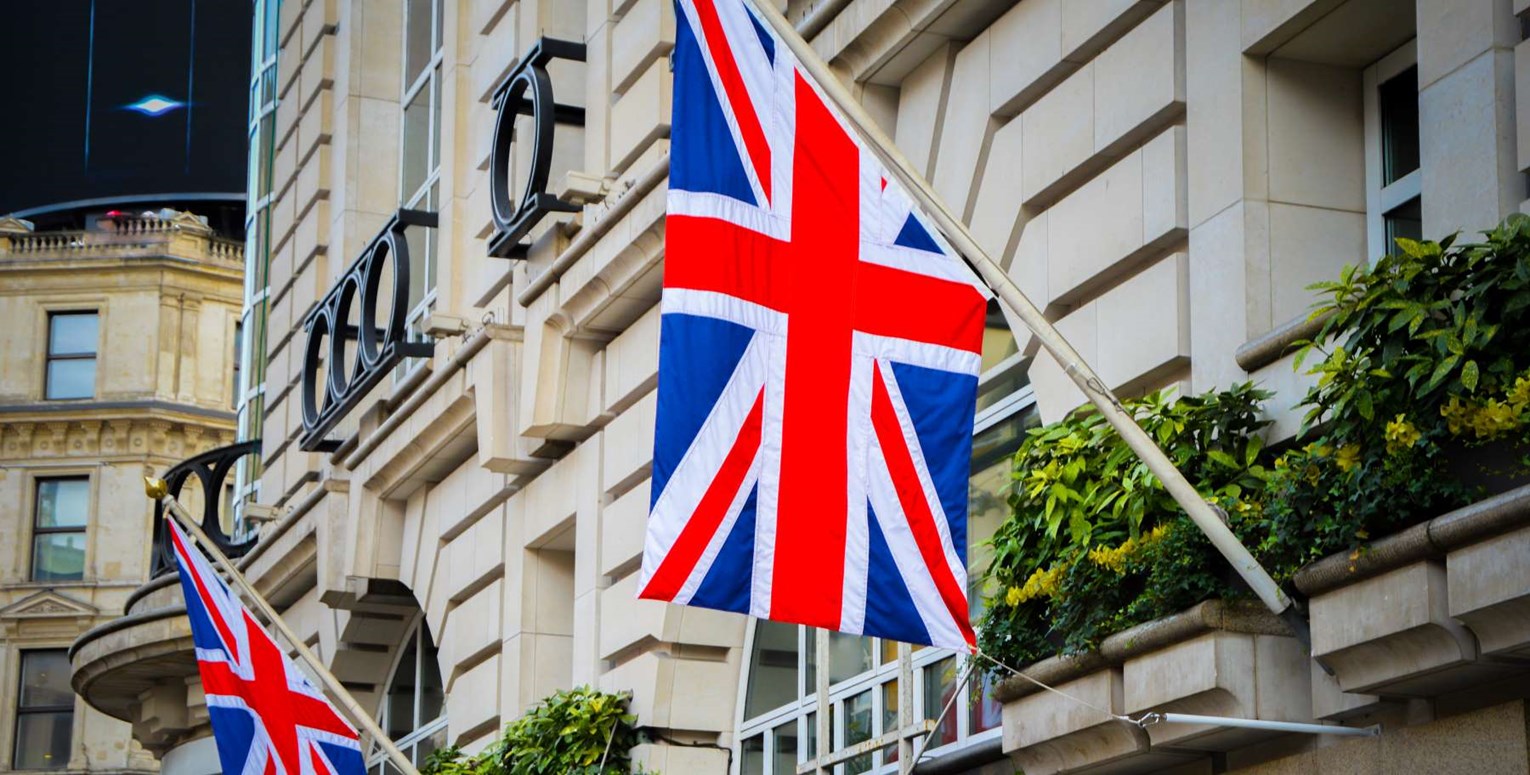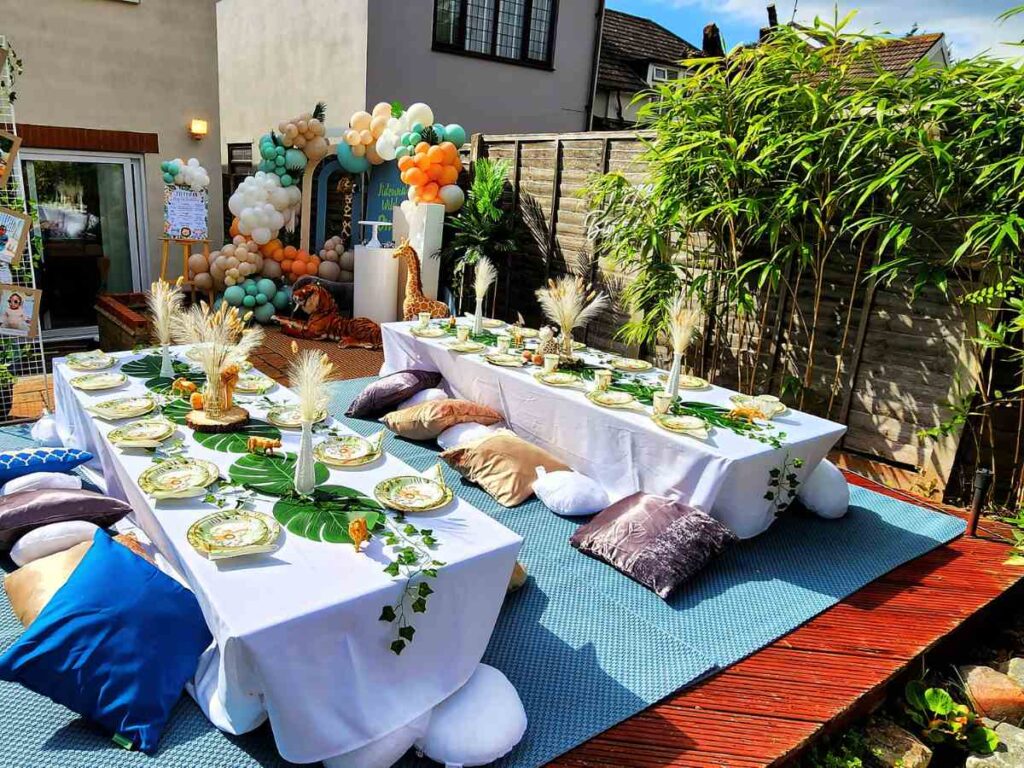To elegantly display a flag on your wall, first, choose an ideal location for visibility and aesthetics. Securely mount it with wall anchors, hooks, or suitable hardware to handle its weight. Ensure the flag is clean and wrinkle-free before attaching it using clips or Velcro strips, keeping it upright and centered. Smooth out imperfections, verify alignment with a level, and step back to appreciate your beautifully showcased flag.
Simple rules for flag etiquette and display
Here are some simple rules for flag etiquette and display:
Positioning
When hanging the flag vertically on a wall or window, it’s crucial to remember that the Union (the blue field with stars) should always be positioned at the top and to the observer’s left. This practice ensures that the flag retains its traditional orientation and symbolism.
Half-Staff Mourning
Lowering the flag to half-staff signifies mourning or respect for significant national events or tragedies. Following official proclamations or guidelines for specific dates is essential when this gesture is required. Remember to raise the flag back to full staff at noon to symbolize hope and resilience.
Respectful Folding
Folding the flag is a ceremonial tradition. To perform it respectfully, two or more individuals should fold it in a triangle shape, with the Union displayed prominently on the outside. Each fold symbolizes various aspects of American life and history. This folding method is often used during military funerals and other formal flag ceremonies.
Illumination at Night
If you choose to display the flag overnight, ensure it is adequately illuminated by dedicated flagpole lighting or external lighting. This practice not only complies with flag etiquette but also prevents the flag from being displayed in darkness, which is considered disrespectful.
Avoid Touching the Ground
Handling the flag with care is essential. Never let it touch the ground, floor, or any object that could soil or damage it. If an accidental drop occurs, it’s best to clean the flag following manufacturer instructions and with utmost respect.
Single Flag on a Pole
When flying the flag on a single flagpole, the Union should always be at the top. This positioning signifies the Union’s position of honor. When displaying multiple flags on a single pole, the U.S. flag should be at the highest point, indicating its preeminent status.
Parade and Processions
During parades or processions, the flag should lead the way, positioned in front of other flags and on the right-hand side when viewed from the front. This placement signifies the U.S. flag’s importance and prominence in such events.
No Advertising
The flag should not be used for advertising or commercial purposes. It should not be printed on disposable items, used as decoration in a way that disrespects its dignity or manipulated for marketing purposes. Its use should remain respectful and non-commercial.
Proper Disposal
When a flag becomes worn, damaged, or faded, it should be retired and disposed of properly, following a dignified ceremony or procedure. Respectfully burning the flag is one common method of disposal often performed by veterans’ organizations.
Flag Salute and Pledge
During flag-related reverence moments, such as the national anthem or the recitation of the Pledge of Allegiance, it’s customary to stand at attention, remove any headgear, and place your right hand over your heart. Military personnel and veterans may render a hand salute if they choose. These gestures show respect for the flag and the values it represents.
Moreover, by understanding and adhering to these detailed rules of flag etiquette and display, you can help maintain the integrity and symbolism of the national flag, honoring its principles and ideals.
How to hang a flag on a wall?

Here are 10 steps to hang a flag on a wall:
Select an Appropriate Location
Consider the room’s purpose and layout. Ideally, choose a spot where the flag can be seen clearly from various angles. Consider how the room’s lighting may affect the flag’s visibility and condition over time. Ensure the flag’s colors won’t clash with the room’s decor.
Check Wall Type and Strength
Examine the wall to understand its composition and strength. For drywall, locate wall studs using a stud finder and choose wall anchors or toggles supporting the flag’s weight. If it’s a concrete or brick wall, use masonry screws or anchors. Verify that the wall can handle the load by consulting a professional.
Inspect the Flag
Thoroughly inspect the flag for stains, tears, or fraying edges. If there are any issues, address them before hanging the flag. Follow the care instructions provided by the flag manufacturer for cleaning or repairing it. Be extra cautious with delicate or vintage flags.
Choose Attachment Method
Consider the flag’s size, weight, and material when selecting an attachment method. Larger flags may benefit from brackets or clips that distribute the weight evenly. Smaller flags can be hung with Velcro strips or adhesive hooks that are less likely to damage the flag. Ensure the chosen method aligns with the flag’s top edge and orientation.
Prepare Mounting Hardware
Install the mounting hardware with precision. Use a measuring tape and pencil to mark where the flag will hang. For drywall, ensure the anchors or toggles are firmly anchored into wall studs. Use a level to guarantee the hardware is perfectly straight and level. Double-check all connections to make sure they are secure.
Hang the Flag
Gently place the flag on the mounting hardware. Take time to align it correctly and ensure it’s centered within the chosen location. Carefully hook or fasten the flag to the hardware while maintaining proper tension.
Adjust for Wrinkles
To achieve a polished appearance, systematically smooth out any wrinkles or folds in the flag. Starting from the center, work outward, carefully stretching and adjusting the fabric to eliminate creases. Be gentle to avoid stretching or damaging the flag.
Use a Level
Confirm the flag’s alignment by placing a level along its top edge. Adjust the flag’s position to achieve perfect horizontal or vertical orientation. A level ensures a professional and respectful display.
Secure Loose Ends
If the flag has loose ends or excess fabric, neatly tuck it behind it to keep it out of view. Alternatively, trim any excess fabric with sharp scissors to maintain a tidy appearance, ensuring the flag’s original proportions are maintained.
Step Back and Appreciate
Once everything is in place, evaluate the flag’s placement from different angles. Ensure it is displayed at eye level for optimal viewing. Take a moment to appreciate the flag’s significance and impact on the room’s decor.
Moreover, meticulously following these in-depth steps, you can hang your flag on the wall with precision, care, and respect, creating a striking and meaningful focal point in your living space.
Can I display a flag indoors if it was previously used on a flag staff?
Yes, you can display a flag indoors, even if it was previously used on a flagstaff or flown outdoors. There are no strict rules against displaying a flag indoors after it has been used outdoors. However, it’s essential to ensure the flag is clean and in good condition before displaying it indoors. Here are some considerations:
- If the flag has been exposed to the elements or has become dirty or soiled while flying outdoors, it’s advisable to clean it before bringing it indoors. Follow the manufacturer’s instructions for flag care to maintain its appearance and durability.
- Examine the flag carefully for any damage, such as tears, fraying, or fading. If the flag is significantly worn or damaged, it may be best to retire it respectfully and replace it with a new one for indoor display.
- Adheres to proper flag etiquette and display guidelines when displaying the flag indoors. Ensure it is hung with the Union (the blue field with stars) positioned at the top and to the observer’s left.
- Common indoor flag displays include hanging the flag on a wall, placing it in a flag stand, or using a flagpole designed for indoor use. The choice of display method depends on your preferences and the available space.
- If you’re displaying the flag indoors in an area without ample natural light, consider adding proper lighting to ensure that the flag is illuminated and visible. The flag should always be visible, and proper lighting helps maintain its respect.
Moreover, remember that displaying the flag indoors is a way to show respect for the national symbol and its significance. By ensuring the flag is clean, in good condition, and displayed properly, you can maintain its dignity and honor its values.
How can I hang up my flags from my bedroom ceiling?

To hang flags from your bedroom ceiling, start by planning your layout, considering the size and arrangement of your flags. Locate suitable ceiling attachment points based on your chosen layout, ensuring even spacing.
Install ceiling hooks or anchors securely following manufacturer instructions. Attach clips or hooks to the top of each flag, spaced evenly. Cut pieces of strong string or wire to your desired lengths for each flag.
Hang one end of the string or wire from the ceiling attachment point and the other end to the flag clip or hook. Use a level to maintain evenness and straightness. Trim excess string or wire and step back to enjoy your unique bedroom ceiling flag display.
FAQs
How do you hang a flag on a wall without drilling?
Consider using adhesive hooks or strips designed for damage-free mounting to hang a flag on a wall without drilling. Select a suitable location, clean the wall surface, and follow the instructions on the adhesive product to attach it securely. Then, hang your flag using clips or grommets.
How do you attach a flag to a concrete wall?
To attach a flag to a concrete wall, use masonry anchors or screws. First, mark the desired flag location, then drill holes into the concrete. Insert the anchors or screws, ensuring they are secure. Finally, hang the flag with clips or grommets, positioning it as needed for proper display.
Can you hang a flag from a balcony?
Yes, you can hang a flag from a balcony. Securely attach a flagpole holder or bracket to the balcony railing or wall. Insert a flagpole into the holder and hang your flag. Ensure it’s properly displayed, with the Union (blue field with stars) in the top left corner when viewed from below.
Final Verdict
The proper way to hang an American flag on a wall calls for accuracy, reverence, and protocol. Displaying the flag with the respect it deserves is easy if you follow the rules stated in this detailed manual.
When not in use, the flag should be displayed flat against a wall to preserve its honorable appearance. If you want to emphasize the superiority of the American flag above any other flags that you may be flying, you should position it to the viewer’s left.










